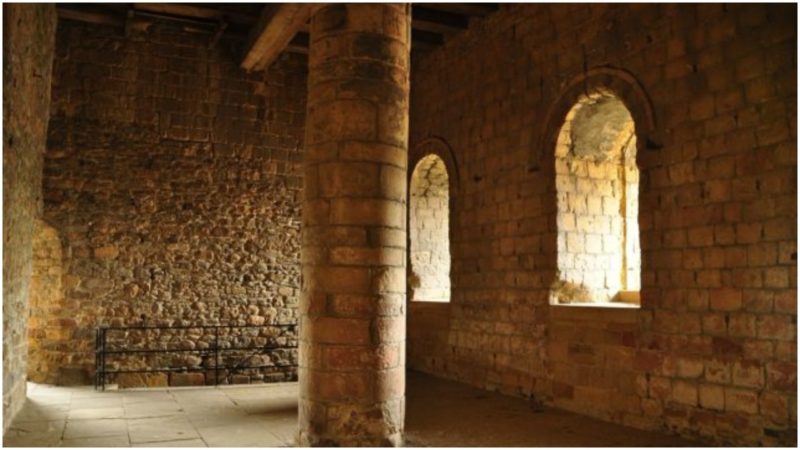Richmond Castle is one of the most stunning stone ruins in Norman style which stands in the center of the English market town of Richmond. The construction of this magnificent building began around 1070 when Alan Rufus, also known as Alan the Red, decided that the area needed a military stronghold.
After the Norman Conquest, Alan hired many architects and designers to help him build a large estate which would be known as the Earldom of Richmond. It is one of England’s oldest Norman fortresses and stands above the Swale River. The purpose of the castle was to protect the Norman lords from their enemies, but unfortunately, in spite of its strong construction, it was unsuccessful at withstanding sieges.
A century later, the 100-foot-tall keep was built during the reign of Henry II. During that time, the castle belonged to the dukes of Brittany, and it was widely expanded by Conan the Young, who was the great-nephew of Alan the Red. He had to rebuild the previous gatehouse of the fortress to create the keep.
The interior was not built in the usual medieval style of that time: it had straight staircases instead of spiral ones, and the upper floors could be reached through a doorway placed on the first floor. The keep is the best-preserved part of the fortress and has remained intact throughout the centuries.
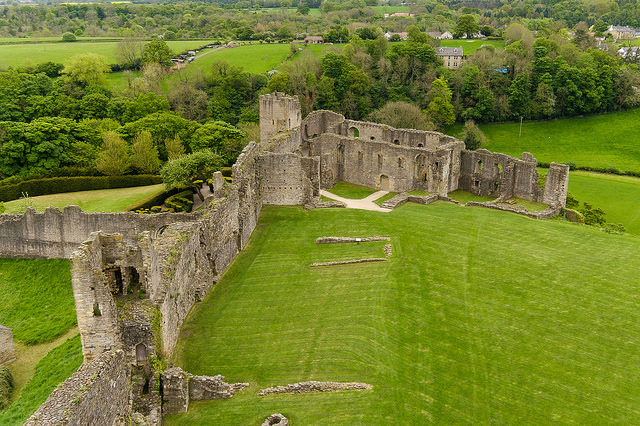
The castle is also distinct from other structures of that period because it didn’t have a central keep but instead a curtain wall on which many towers were built. Like the keep, they were constructed in a different style which became common in the country a century later. The towers at the gatehouse are considered the oldest of any towers built on any English castle.
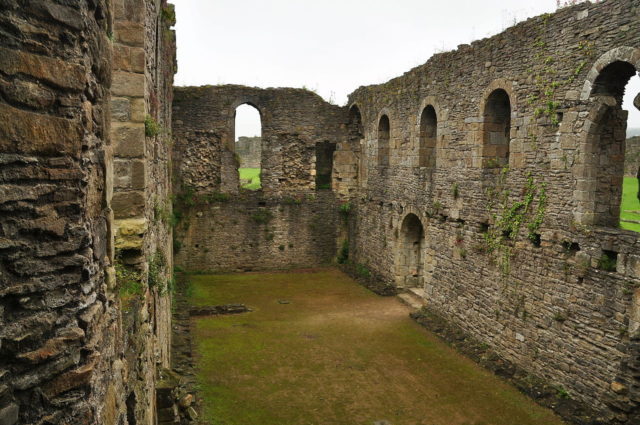
Only the ruins of three of these structures remain today, and the most popular with visitors, is the eastern Robin Hood Tower, which houses the remains of a chapel dedicated to St Nicholas. Over the long course of the castle’s history, the Dukes of Brittany lost and regained the fortress many times. However, in 1372, the castle was finally surrendered to the Crown.
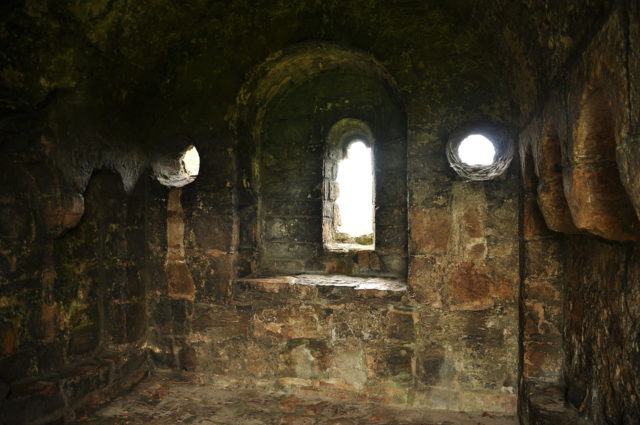
The reason for this loss was their shifting allegiance between the French and the English. Because the land was often in dispute, for a period of almost 300 years, there was a frequent change of ownership. In the 15th century, the castle was owned by different dukes of England including the Duke of Bedford and the Duke of Gloucester who later became King Richard III.
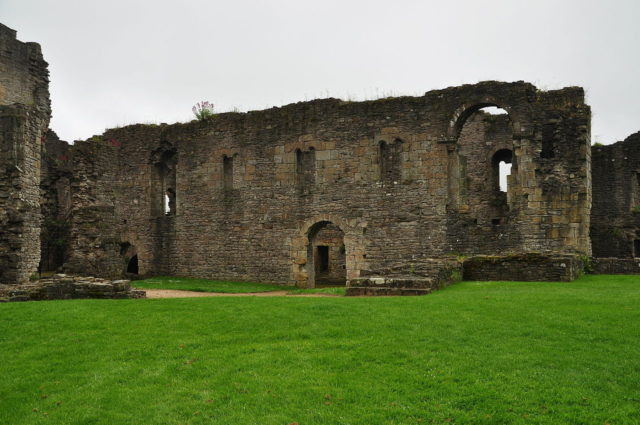
As with many other fortresses and castles in England, Richmond is also associated with King Arthur. According to legend, this magnificent structure was built over a cave in which the King and his noble knights are resting in their graves waiting to rise and defend England in its time of greatest need.
The graves are said to have been discovered by a local potter who entered the cave by accident and saw King Arthur’s famous sword Excalibur. After he picked up the sword, the tombs slowly started to open. Frightened, the potter dropped the sword, and the noise stopped instantly. After the strange experience, he decided to block the entrance of the cave so that no one could disturb the sleeping King.
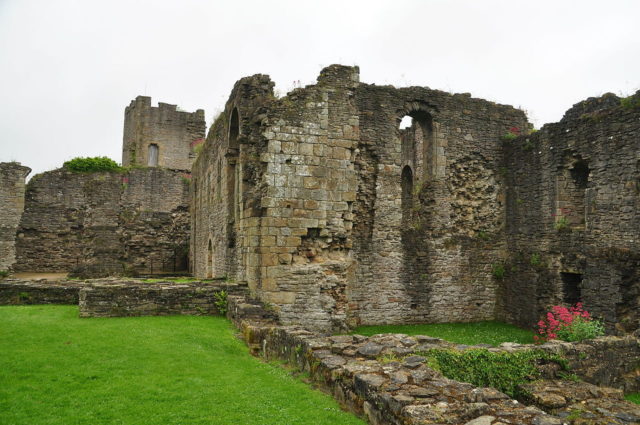
During World War I, the castle was a military prison for those who refused to be conscripted into military service. On the brick walls of the cells, prisoners drew various graffiti featuring portraits of loved ones, poetry, flowers, music notes, calendars and other things. Today, they are almost gone because the conditions in the castle are not suited to preserving the images. There is a virtual reality touchscreen in one part of the fortress where visitors can learn the sad story of the prisoners and see the beautiful graffiti.
